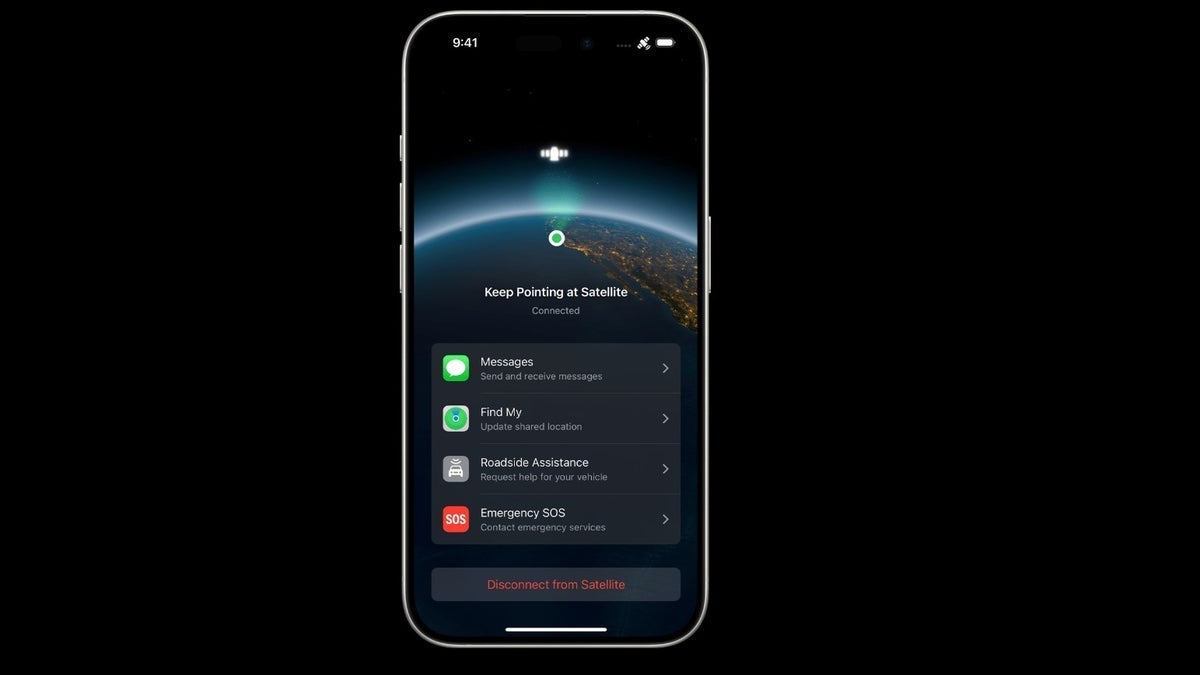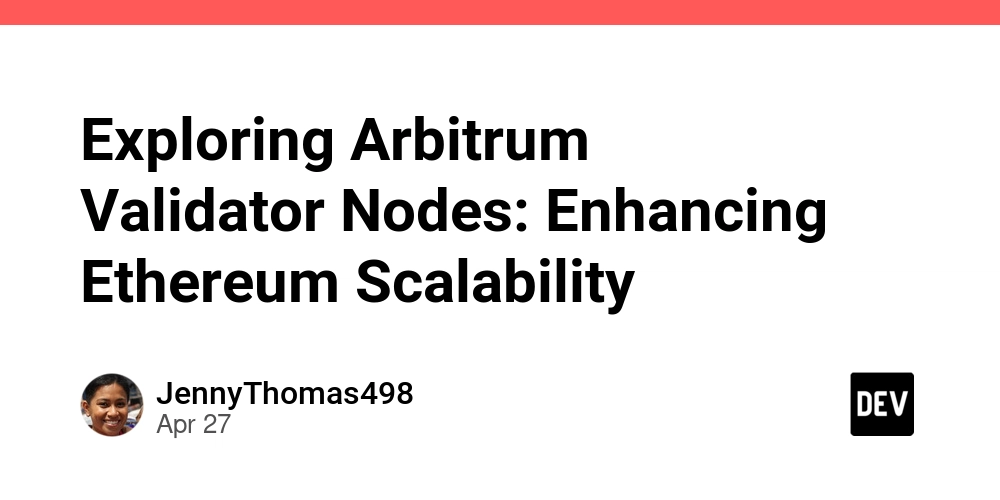In real-world systems, you rarely know the exact number of tasks or agents you'll need ahead of time. How can we dynamically assign and parallelize tasks based on runtime conditions? In Google's Agent Development Kit (ADK), the answer is simple but powerful: Dynamically create a ParallelAgent inside a Custom Agent, and use session.state as your shared communication bus. In this post, we'll cover: ✅ Why dynamic parallelism matters ✅ A minimal working example ✅ How to run and verify it ✅ Common pitfalls and best practices ✅ Extension ideas for scaling
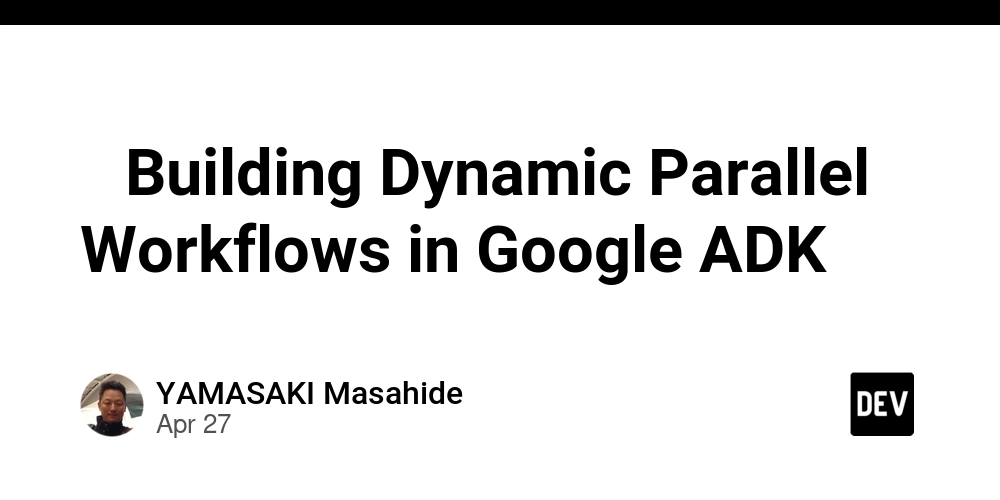
In real-world systems, you rarely know the exact number of tasks or agents you'll need ahead of time.
How can we dynamically assign and parallelize tasks based on runtime conditions?
In Google's Agent Development Kit (ADK),
the answer is simple but powerful:
Dynamically create a ParallelAgent inside a Custom Agent, and use session.state as your shared communication bus.
In this post, we'll cover:
✅ Why dynamic parallelism matters
✅ A minimal working example
✅ How to run and verify it
✅ Common pitfalls and best practices
✅ Extension ideas for scaling
































































































































































![[The AI Show Episode 143]: ChatGPT Revenue Surge, New AGI Timelines, Amazon’s AI Agent, Claude for Education, Model Context Protocol & LLMs Pass the Turing Test](https://www.marketingaiinstitute.com/hubfs/ep%20143%20cover.png)











































































































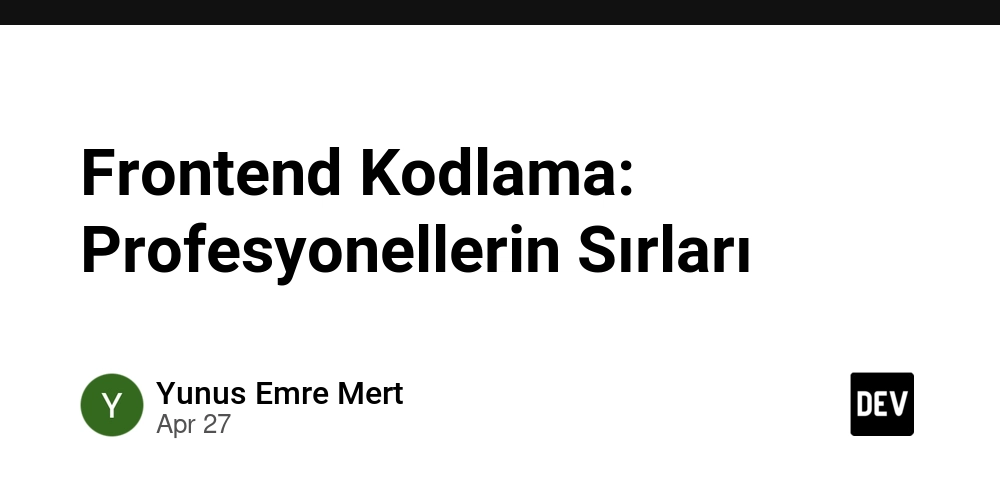
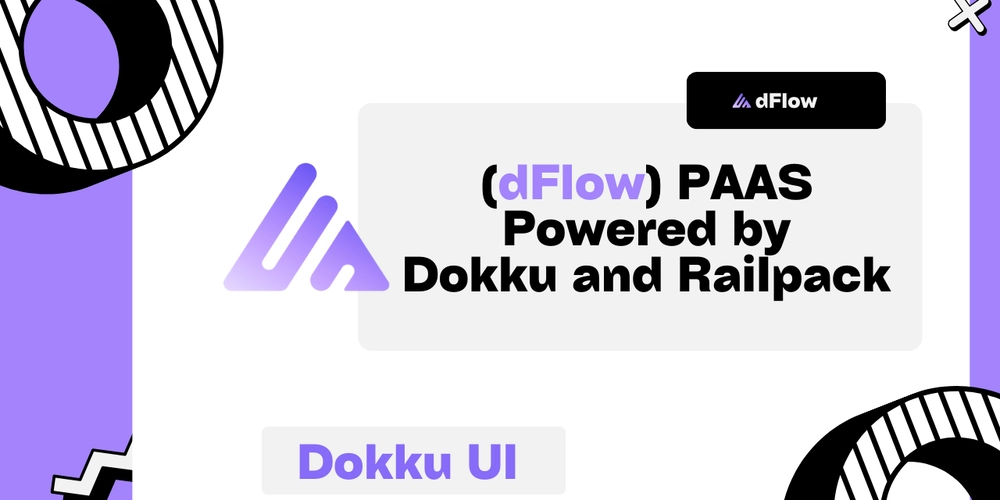













![[DEALS] Koofr Cloud Storage: Lifetime Subscription (1TB) (80% off) & Other Deals Up To 98% Off – Offers End Soon!](https://www.javacodegeeks.com/wp-content/uploads/2012/12/jcg-logo.jpg)
























![Is this too much for a modular monolith system? [closed]](https://i.sstatic.net/pYL1nsfg.png)




















































































































_roibu_Alamy.jpg?width=1280&auto=webp&quality=80&disable=upscale#)



 CISO’s Core Focus.webp?#)





































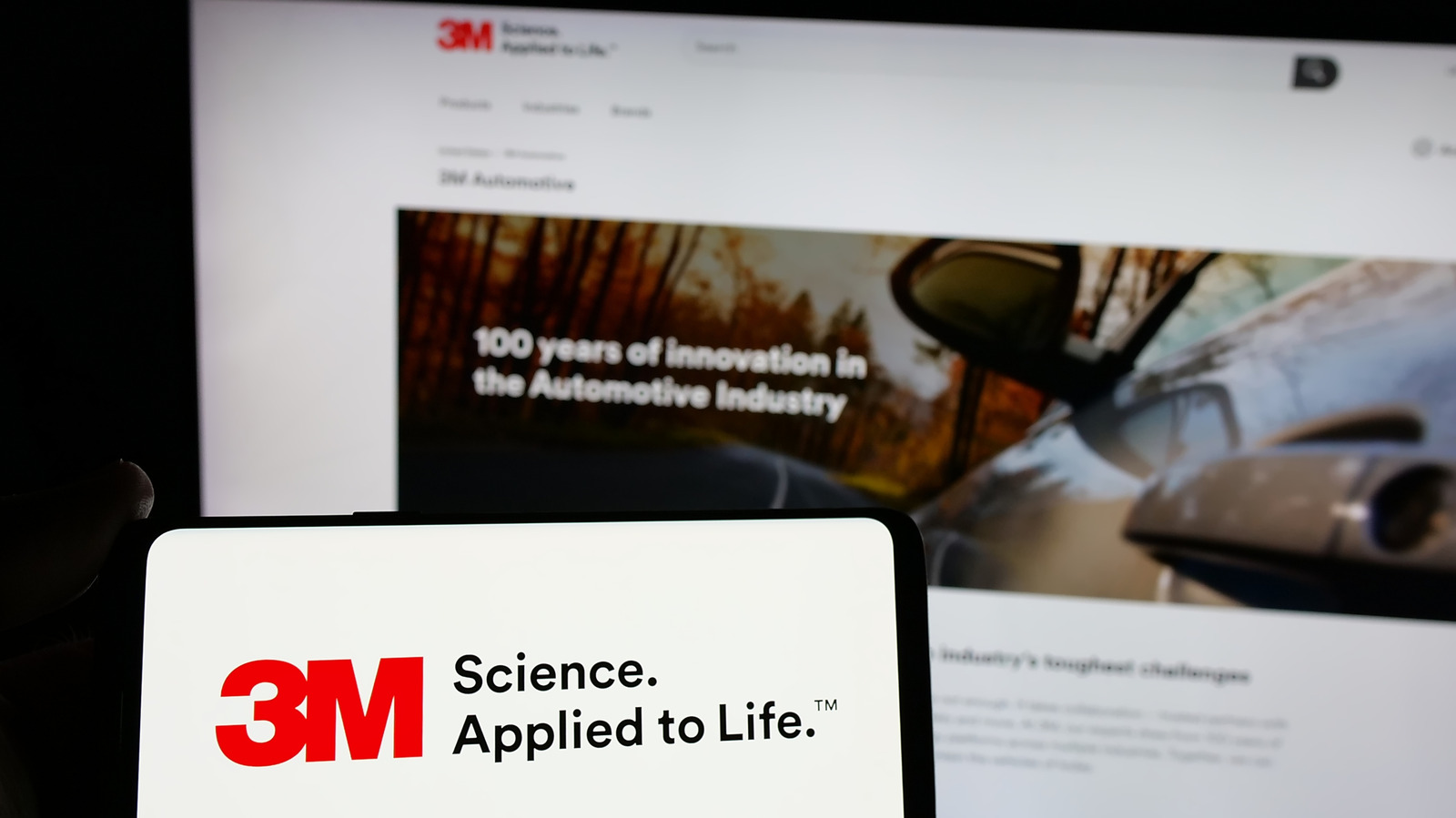































































![iPadOS 19 May Introduce Menu Bar, iOS 19 to Support External Displays [Rumor]](https://www.iclarified.com/images/news/97137/97137/97137-640.jpg)

![Apple Drops New Immersive Adventure Episode for Vision Pro: 'Hill Climb' [Video]](https://www.iclarified.com/images/news/97133/97133/97133-640.jpg)


















































